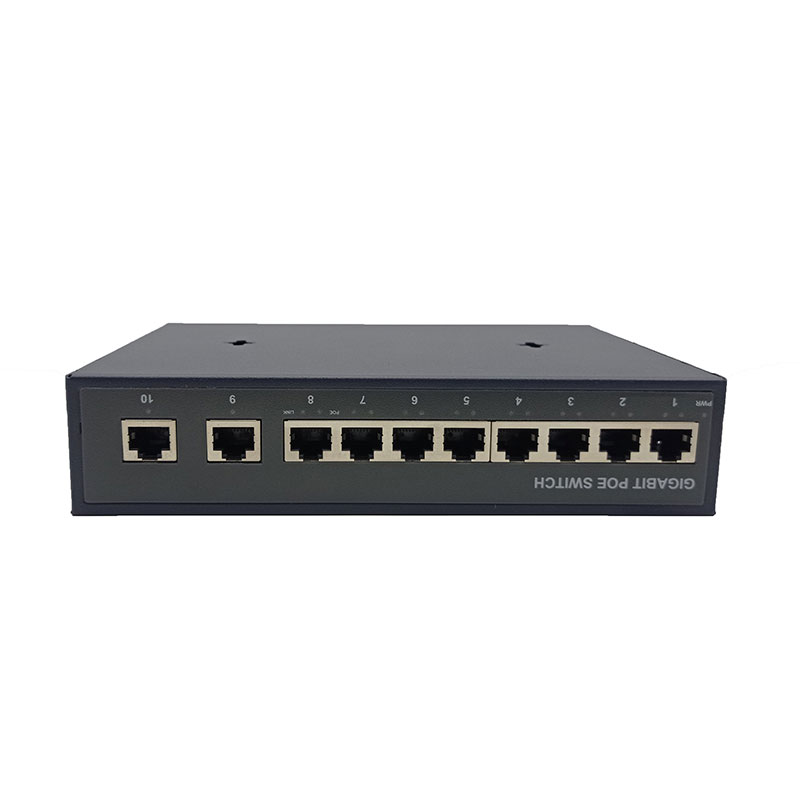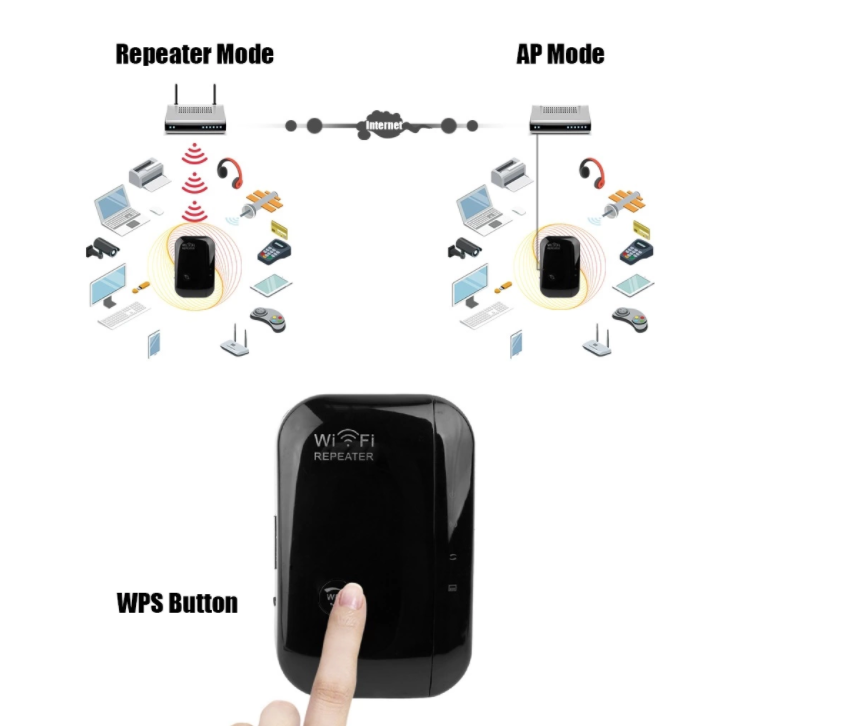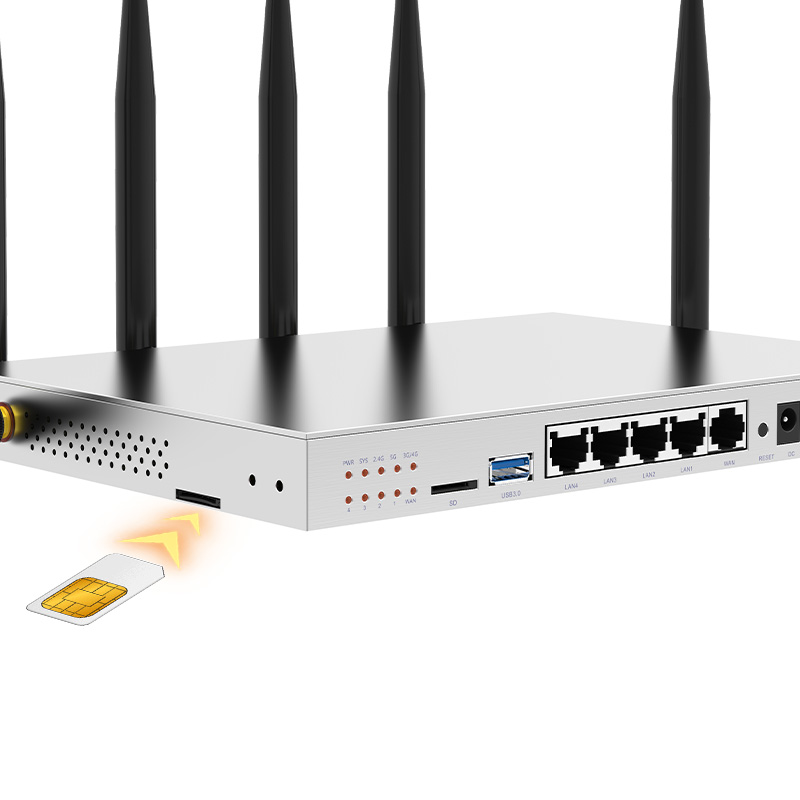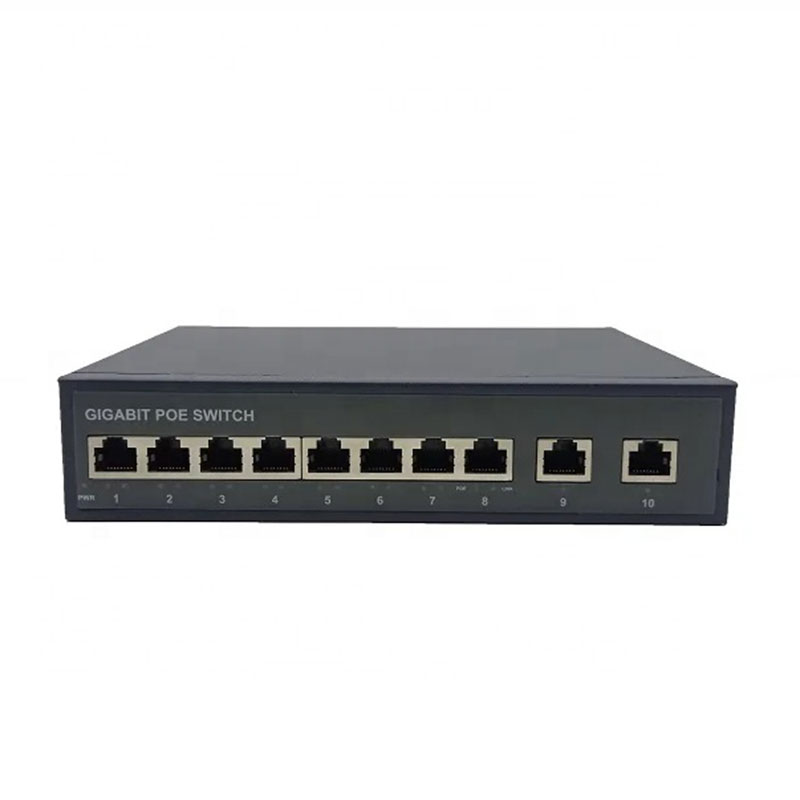Networks have become an indispensable tool in our daily life. Perhaps the “farthest distance in the world is no network”. Knowledge is power; here we have collected content about switches to share with you.
Understanding switches and routers

Switch: Switches are network devices used for forwarding electrical (optical) signals between network nodes connected to it. They offer exclusive electrical signal paths between any two nodes connected. An Ethernet switch is probably the most frequently encountered type; other examples of switches include voice telephone switches and fiber optic switches.

Router: A router is a physical device used to connect two or more networks and act as a gateway between them, acting as an intelligent network device which reads each packet’s address and makes decisions about its transmission according to different protocols used for local area networks or Internet. A router understands different protocols like Ethernet for local area networks and TCP/IP for Internet. With this knowledge in hand, routers can analyze packet destination addresses from various types of networks to convert non-TCP/IP addresses into TCP/IP ones or vice versa before transmitting each packet as per its chosen routing algorithm – effectively connecting non-TCP/IP networks to the Internet.
Knowledge about the network hierarchy

1 Core layer: this level mainly uses router equipment to connect external network lines and has redundancy features for redundancies.
3 Access Layer: Primarily, layer 2 switching equipment is deployed for terminal device access.
Layer 1 switch only supports physical layer protocols
Layer 2 Switch: Supports Physical Layer and Data Link Layer protocols
Three-layer switch: It supports physical layer, data link layer and network layer protocols.
What is the Difference between a Switch and Router?
1 A router typically contains four or eight ports while a switch usually offers more ports (24/48)
By default, router interfaces belong to the third layer (network layer); switch interfaces typically make up part of the second layer (data link layer).
3 The router forwards data packets based on IP addresses and maintains a routing table; while the switch forwards them based on MAC addresses and maintains a table.
4 The router will block broadcasts; its switch will forward any broadcasts it detects.
5 The router can fulfill the function of firewall; the switch cannot.
6 Your router supports NAT translation; however, your switch does not.
7 Routers serve to connect two networks; switches focus more on linking between local networks. Although routers tend to offer stronger functions than switches, their speed can often be limited and their prices more expensive.
8 Work Level: Router is suitable for three-layer devices while switches can handle two and three layer devices.
9 Exchange within the same network segment or between different network segments
Switches and Routers serve an essential function in modern computing networks.

Role of routers: broadcast, multicast control, data addressing and selecting optimal paths to reach destination networks as well as traffic management and connecting to wide area networks (WAN).
Role of a Switch: Its main role is data exchange between computers in a local area network and devices that use similar network segments based on MAC addresses.
